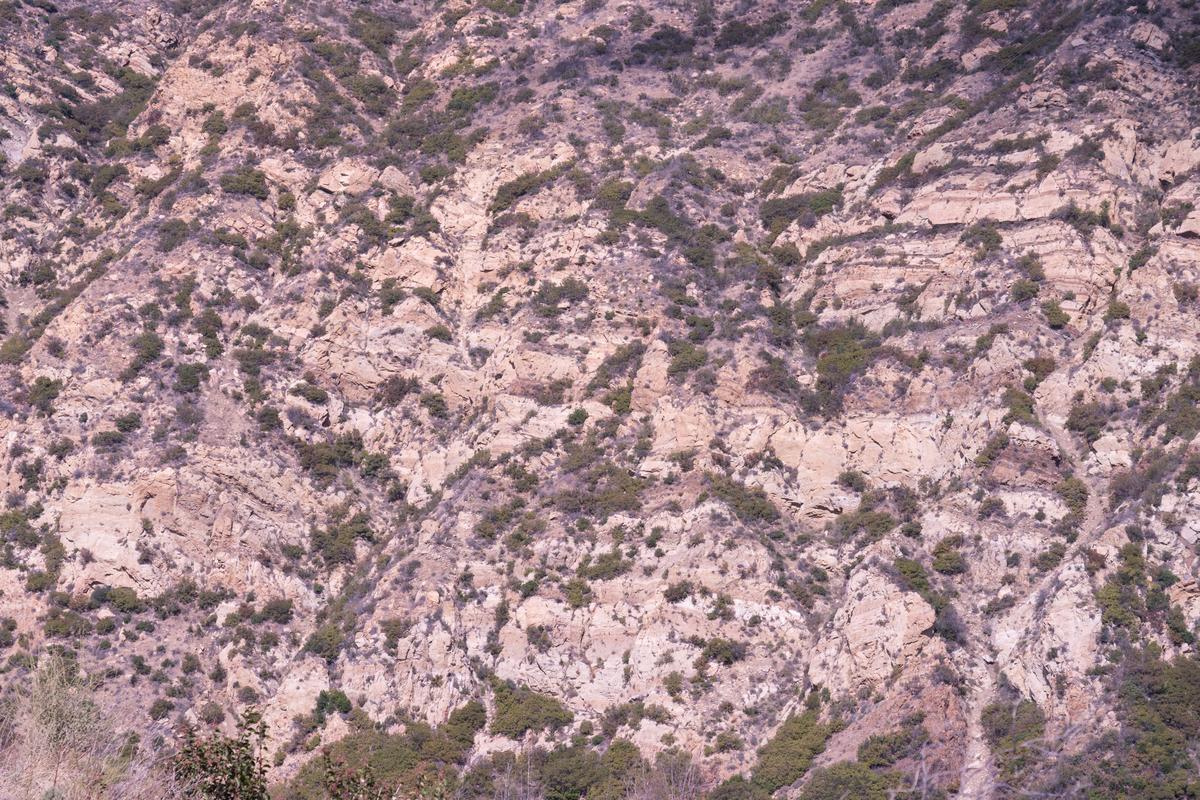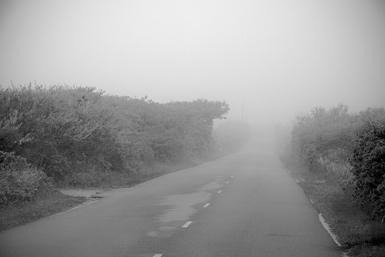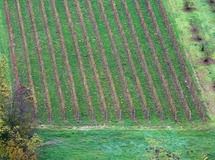I defy you not to be seduced by the Palouse. It is as though the region was left off of the "progress train" or that it has avoided so much that we suffer from daily. The Palouse exists in a bubble of little change with the rural surrounding the urban with oceans of wheat. It is an extraordinary place.
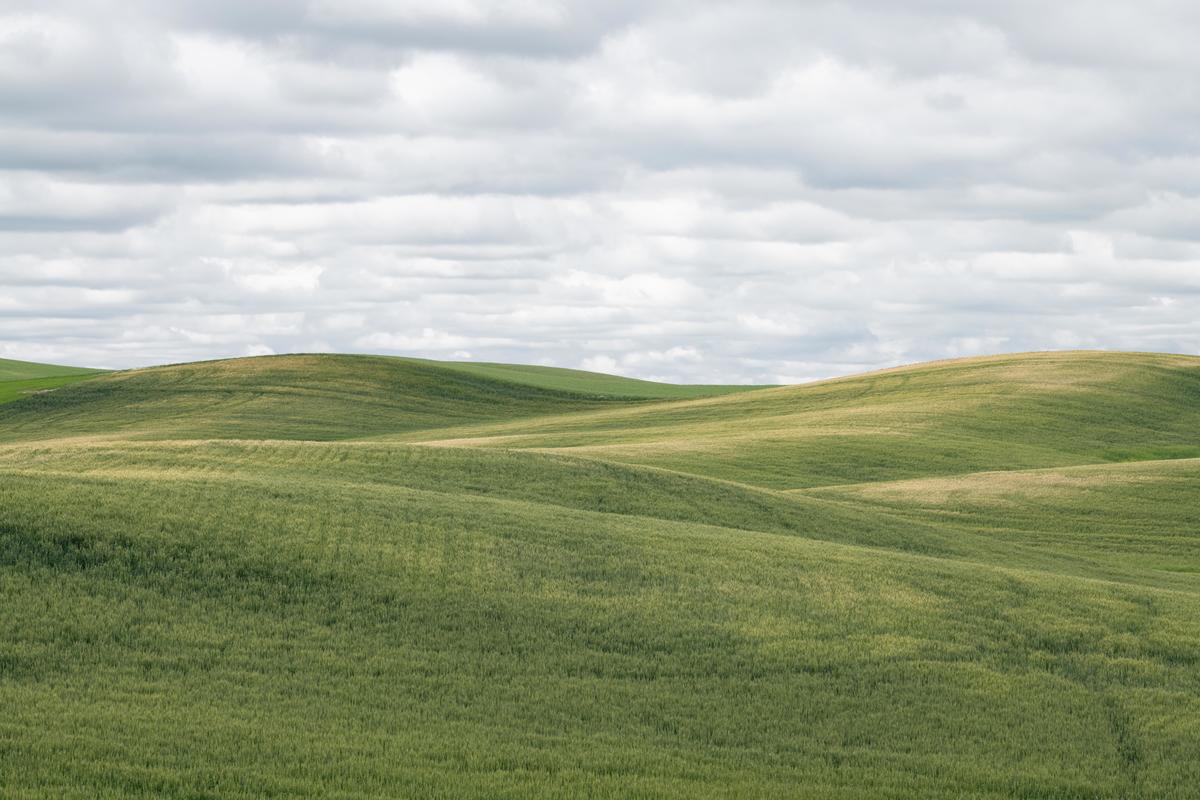
Locals will tell you there is little to do here. I get that but believe if you are inherently visual and get yourself to Spokane, rent a car, drive south on Rt 195 to Colfax or Pullman, book into a motel, rest up and go out just a little before dawn the next morning, head up Rt 27 to the town of Palouse or over to Almota west of Colfax you will be captivated, converted, persuaded and convinced you have arrived at some sort of heaven on earth.
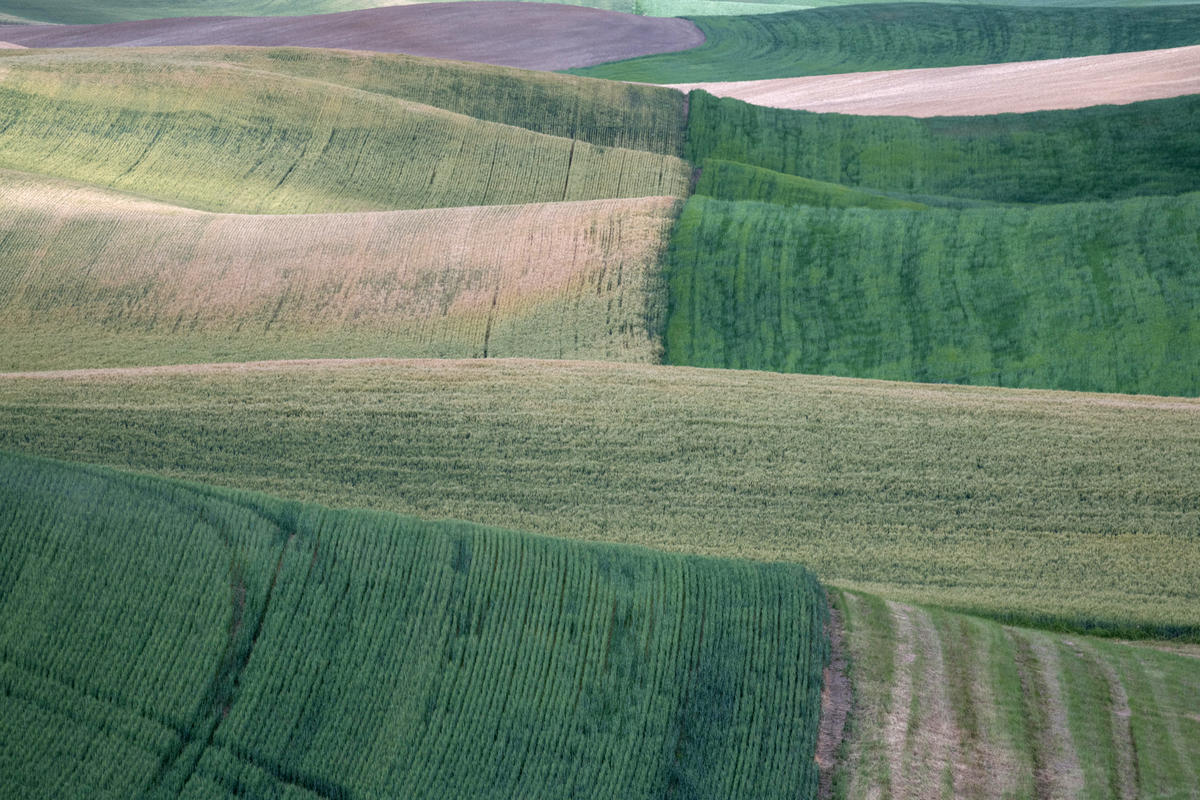
Late June/early July was good this trip, later is good too although it gets hot, too early and there is stubble and dirt, still beautiful but not lush, late after harvest in the fall can be fine, all browns, golds, yellows and deep magenta.
Stay awhile and you will begin to adapt and accept the pace here. A little different, particularly when the two big schools, WSU and MSU, are out for the summer. Slower, less frenetic, people are friendly and amiable, quick to smile, pull your leg or have you on. People less threatened, defensive, on guard and less pushy, if perhaps a little leery of those from the "real world" of cities, office workers, commuters caught in traffic, just not sure what they have in common with "city folk".
The place could turn a street shooter into a landscape photographer, I swear.
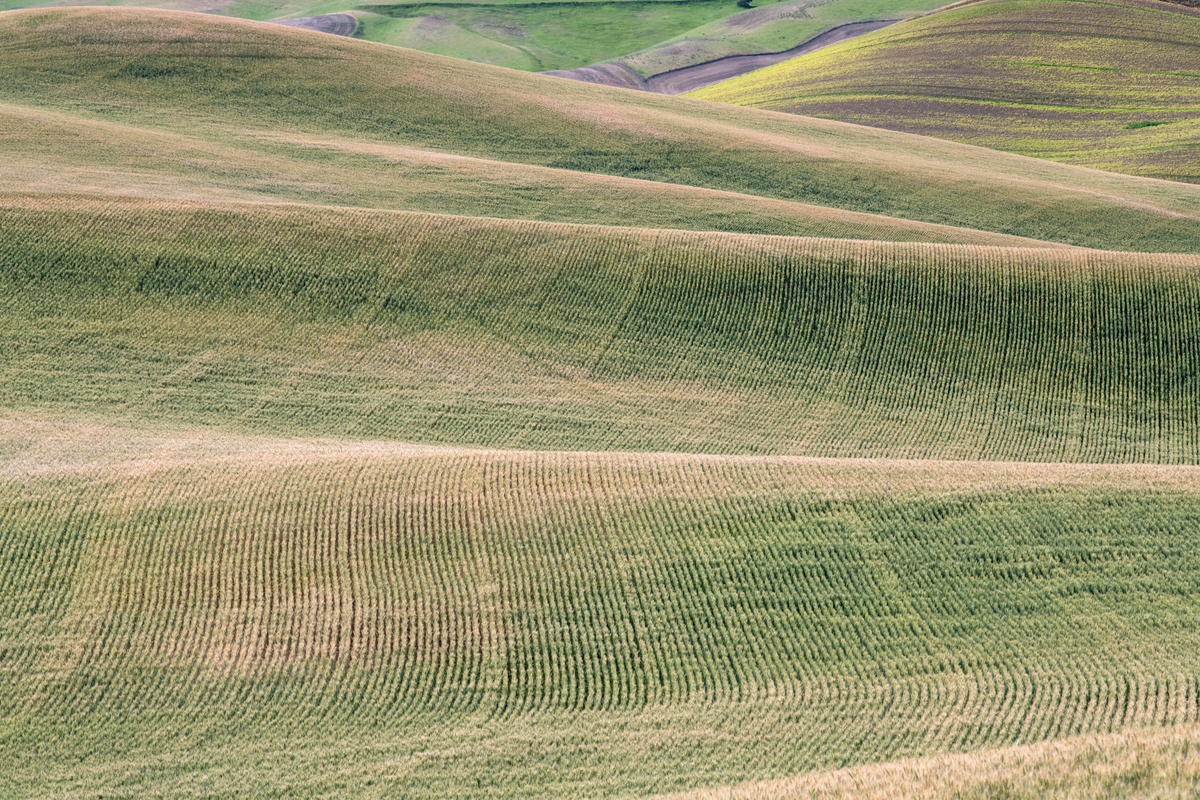
As you cruise around look for the small green road signs. Those are county gravel roads that are used mostly by farmers to get to their homes or to their fields with their equipment. Often these fade out to a narrower track that is just dirt and often very dusty. Some are so disused they have grass growing in the tracks. Anything unpaved is best, you can stop wherever you like to make your pictures and these dirt roads go everywhere. In earlier years I used to worry I'd get lost, caught for hours trying to retrace my steps or find my way but I learned to just go with it, finding sooner or later I'd hit pavement and that would lead to a town and therefore back to my base.
You will make photographs that look much like mine and many others, for we are not alone out here making art anymore. I am most critical of what most make here for I find cliche, repetition, and pedestrian work the norm. There are a few that raise their work to a higher level, knowing what is really here and how best to utilize it, to craft the fields of the Palouse into strong individual, consummate statements.
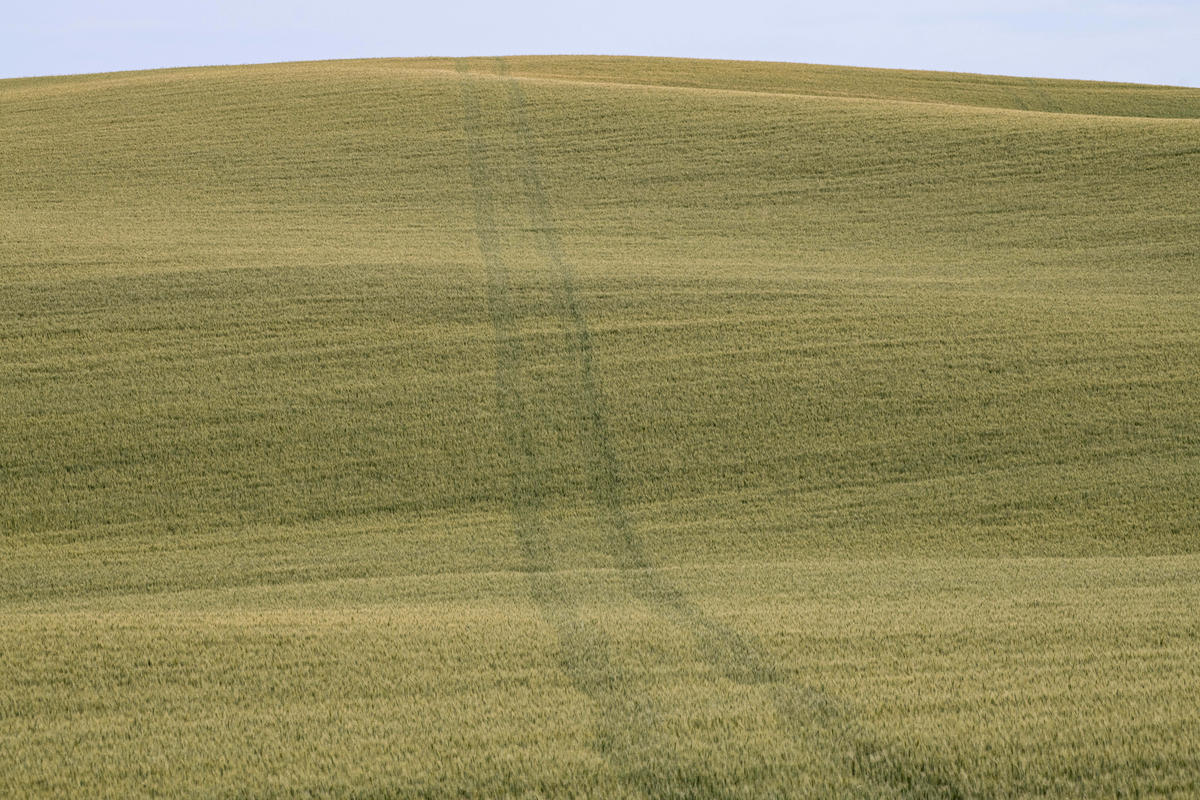
It is all deceptively simple, stop; point your camera at it, click the shutter and you've made a nice picture, I am sure. Because of that and the almost 30 years of photographing out here, I do not take it for granted, assume success or even comprehension, let alone excellence. For this is, on the one hand, easy and on the other very difficult. But I try and work hard, to be fluid and practiced here is good for it serves the work best. One can do fine here through first impression. But to make real work takes time and patience. All too easy on the one hand and exceptionally difficult on the other. Much like photography itself.
So, when you come, try to give yourself some time to acclimate to it, to find its core values and your own proclivities, its inside and essence.
Go to the Palouse. It will blow you away.

Note: I am back as I flew home from Spokane July 9. I am working on files now and will begin making prints soon. I will post the results on the site soon.
Stay tuned.
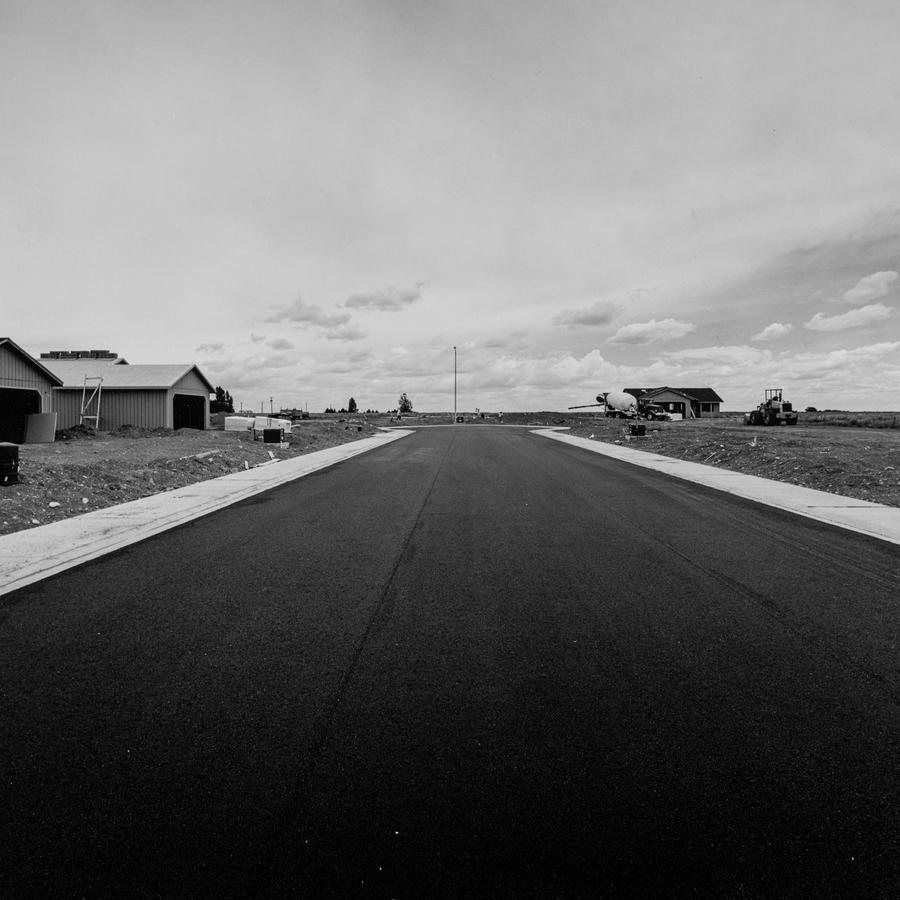
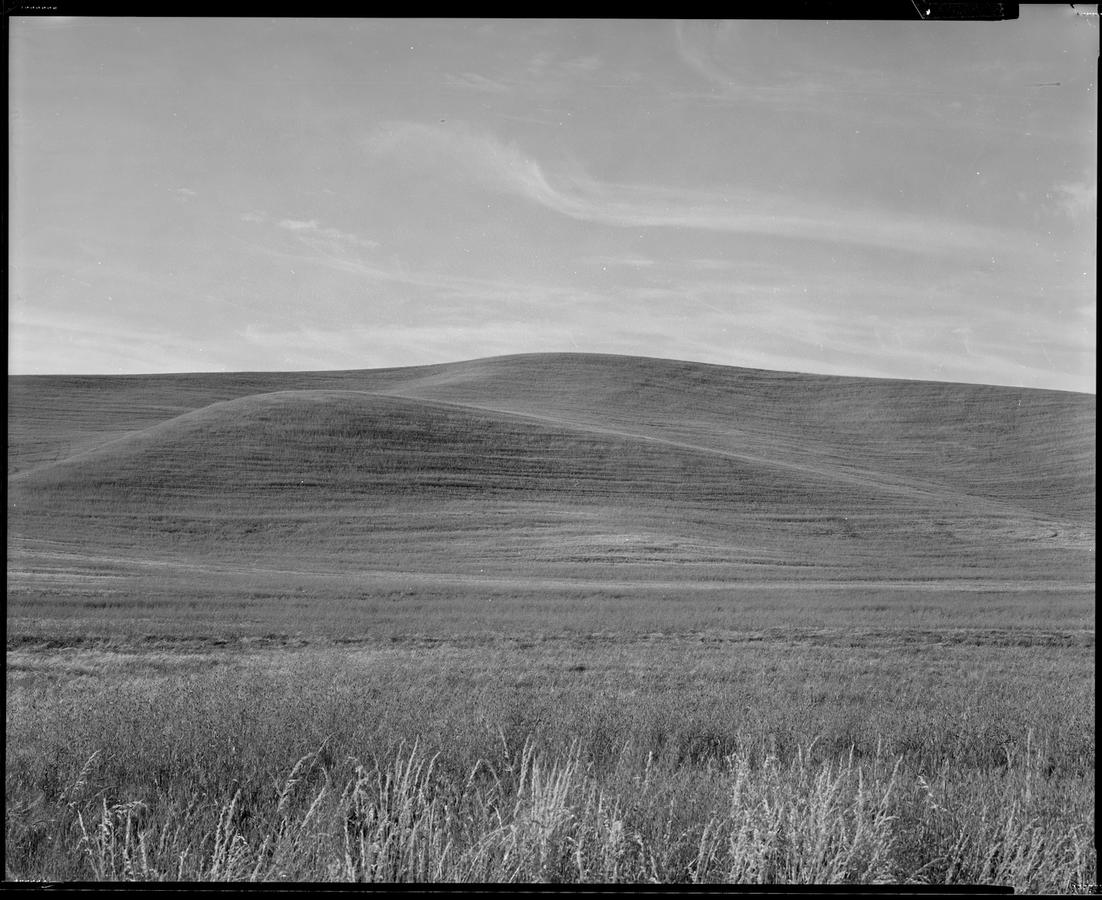
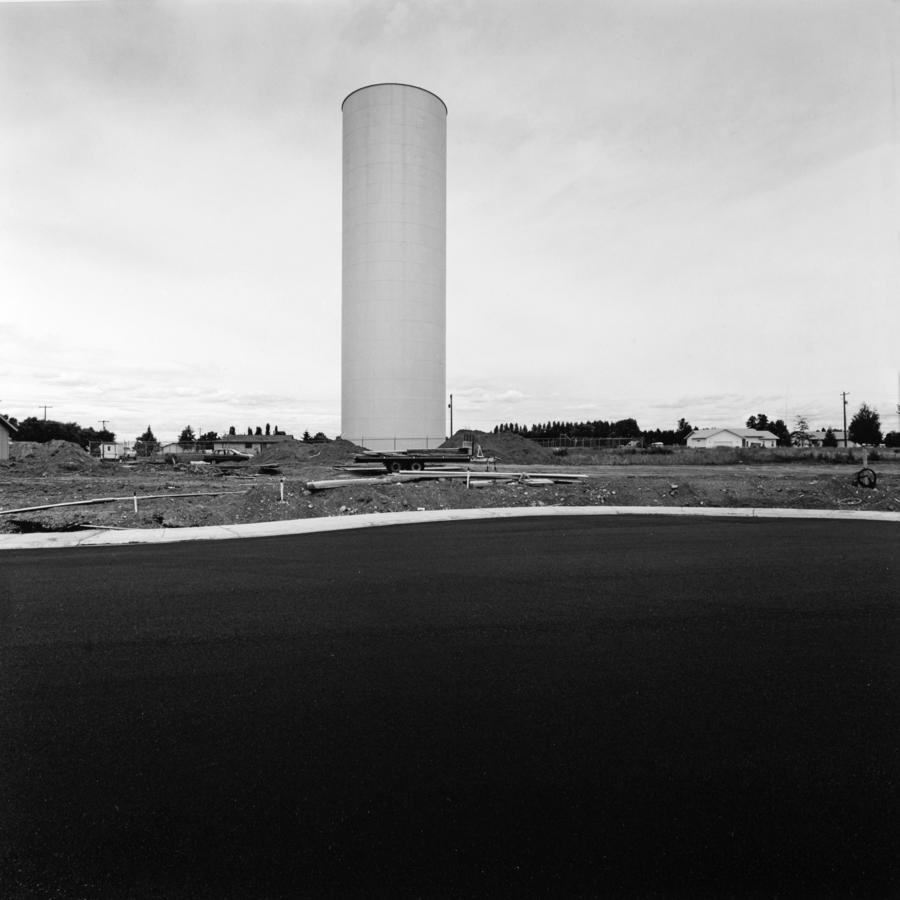
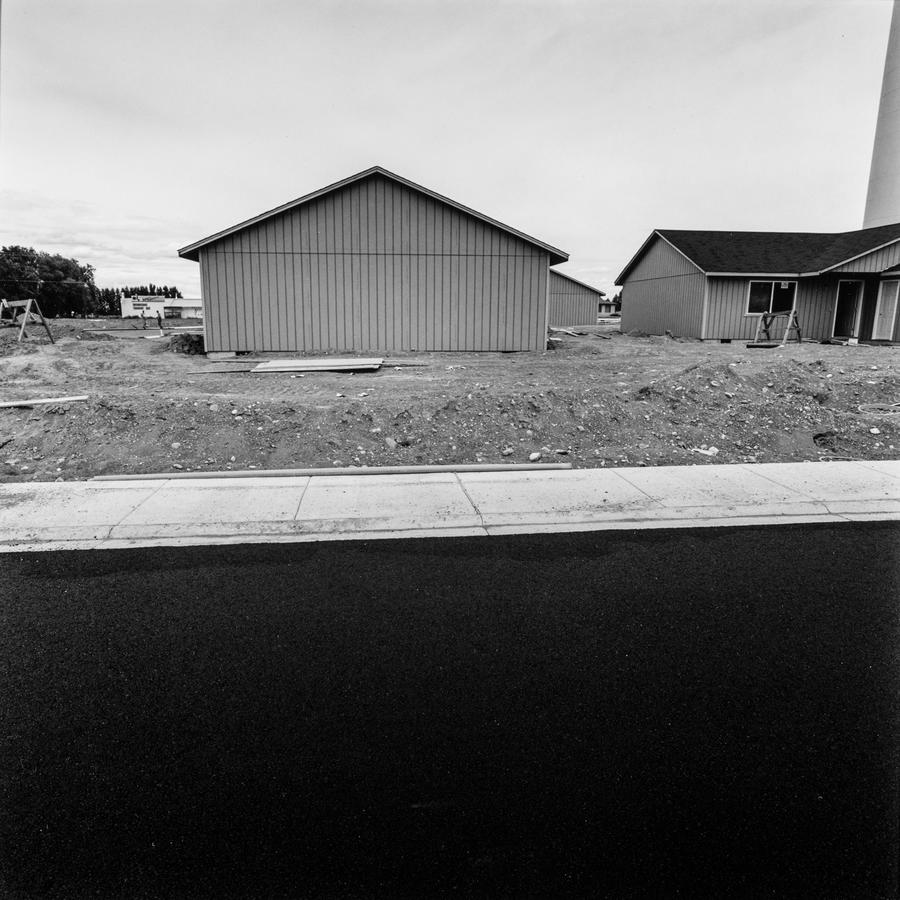
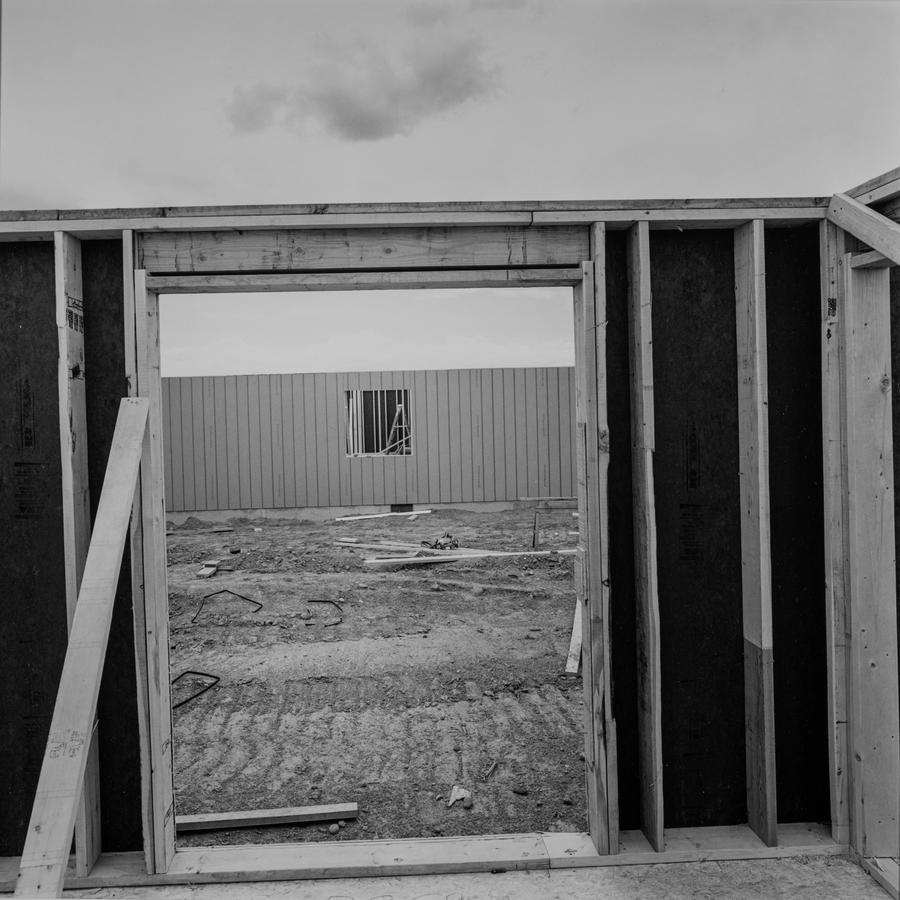
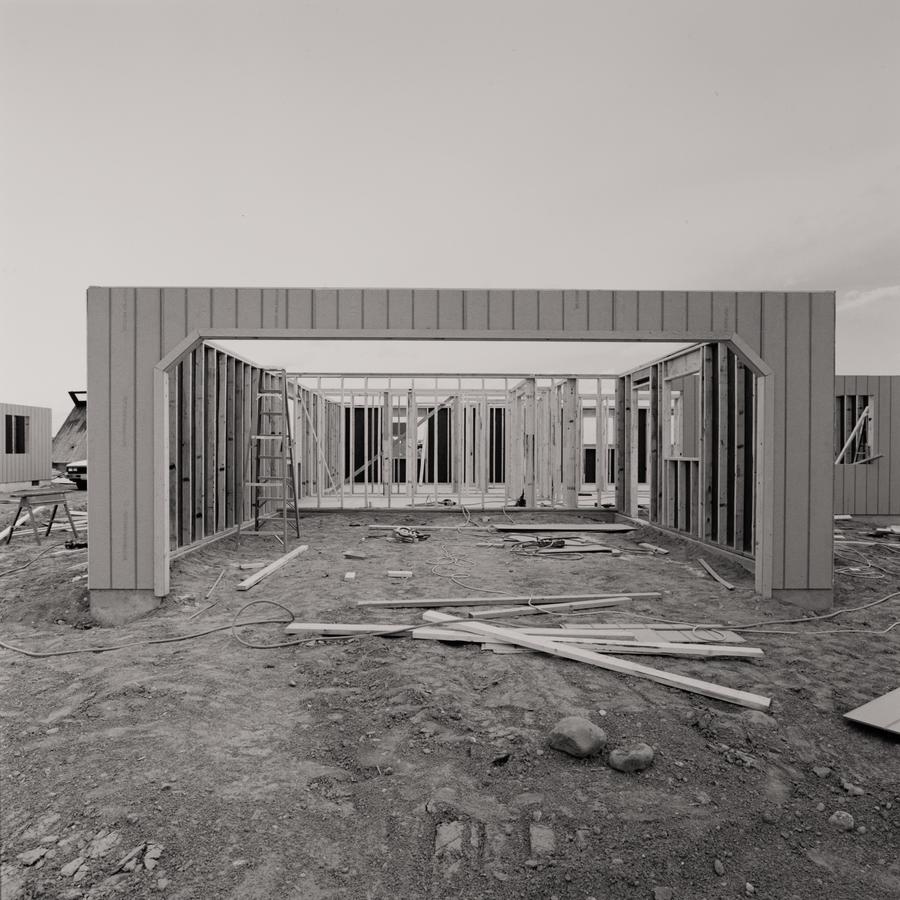
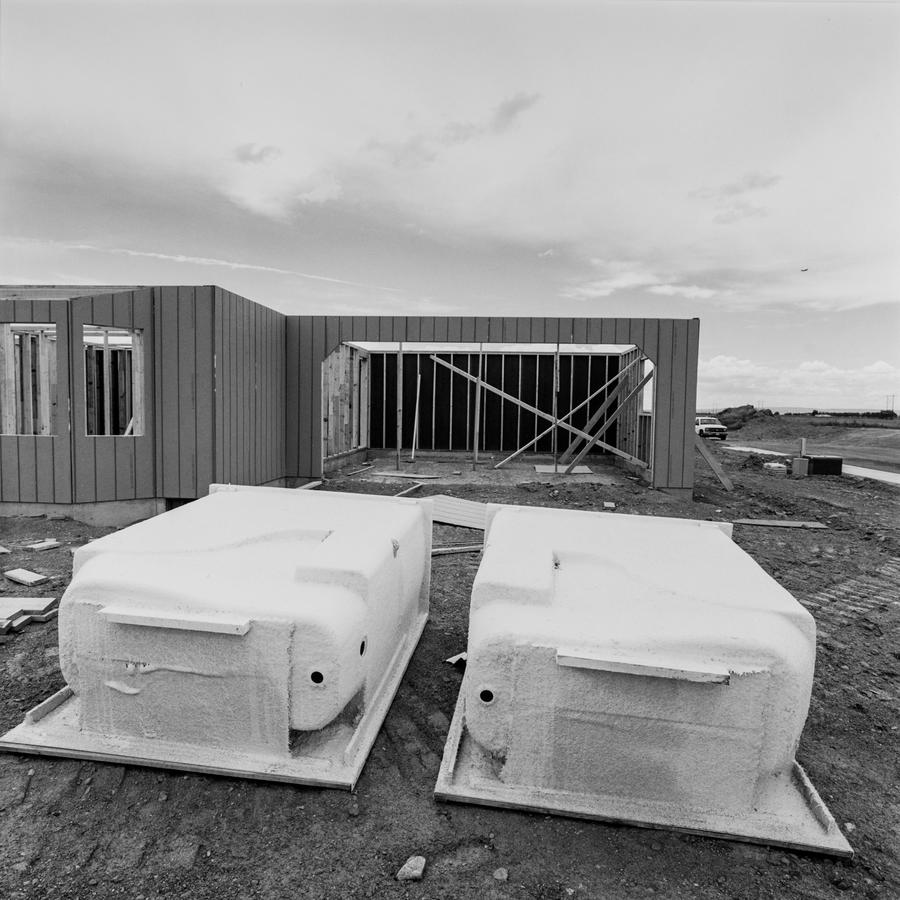
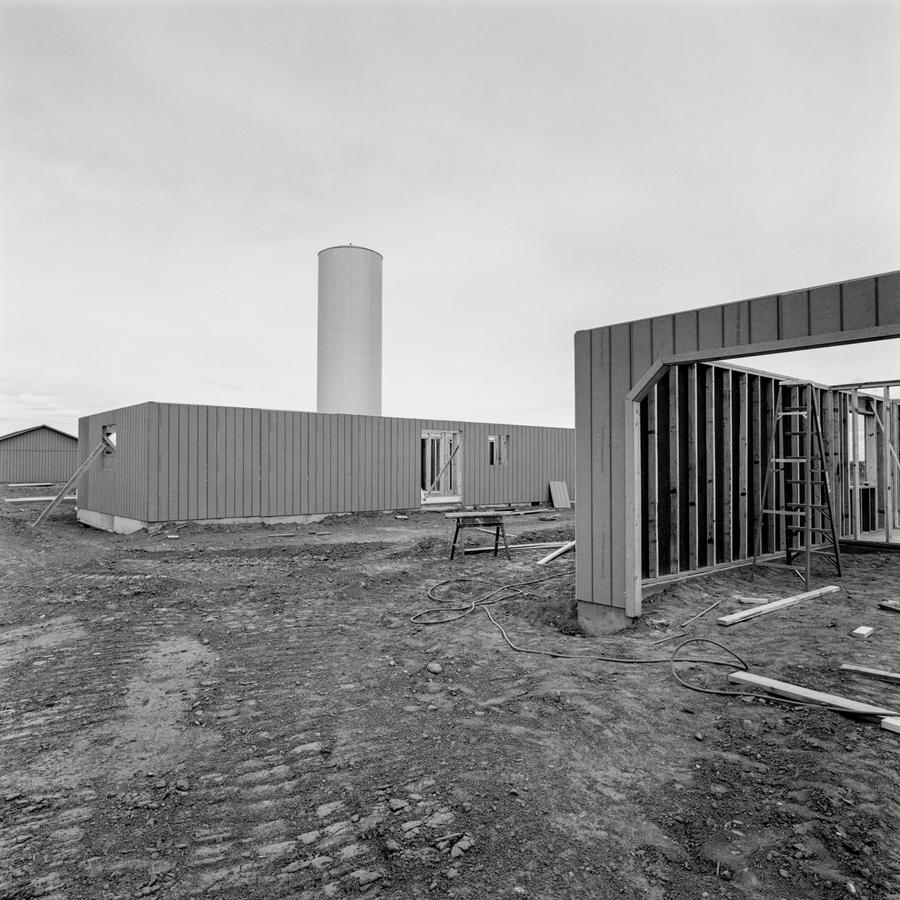
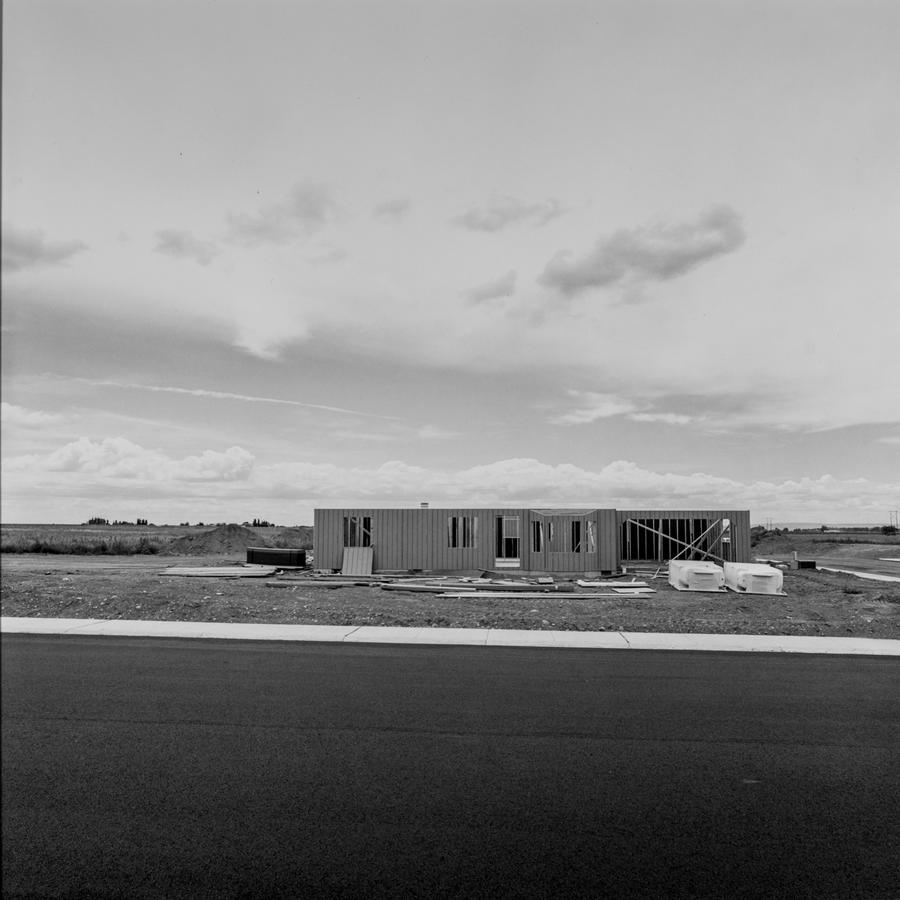
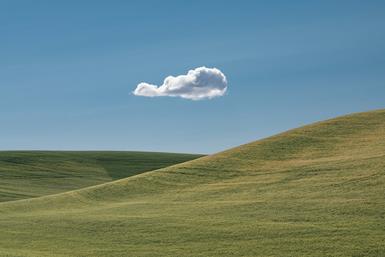
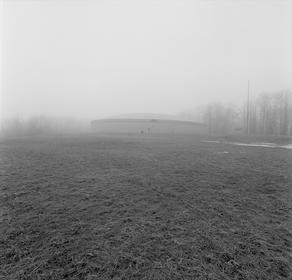
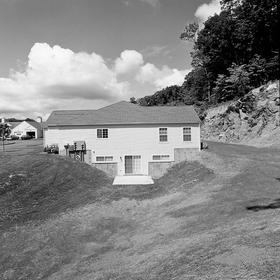
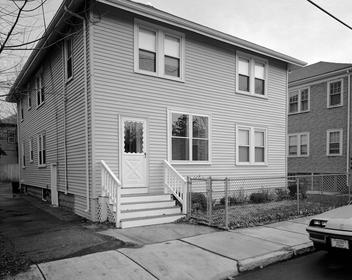
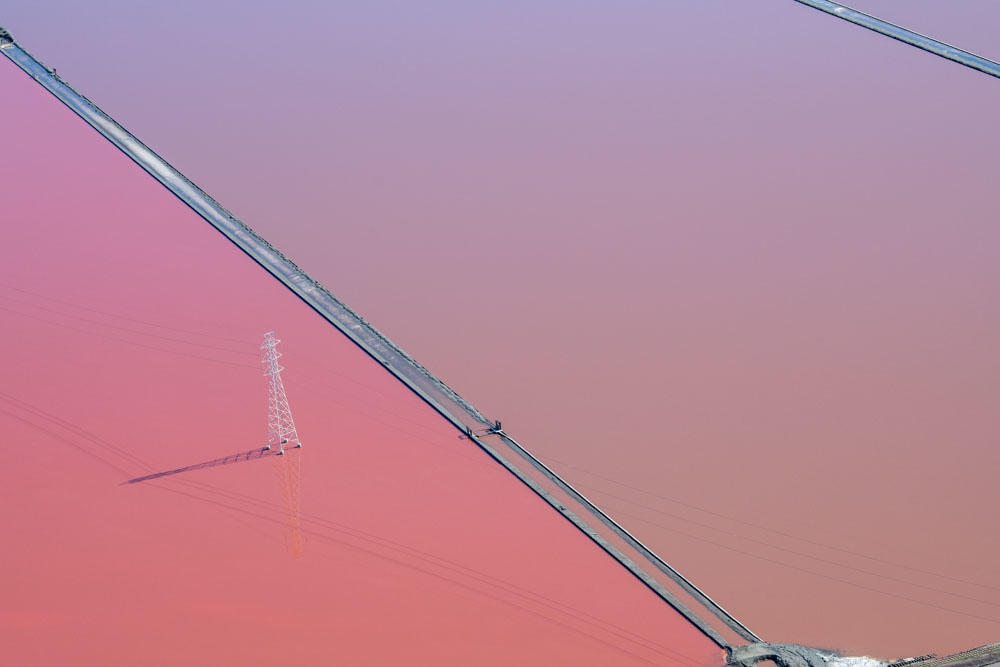 Salt Evaporation Pond #4, Palo Alto, CA 2018
Salt Evaporation Pond #4, Palo Alto, CA 2018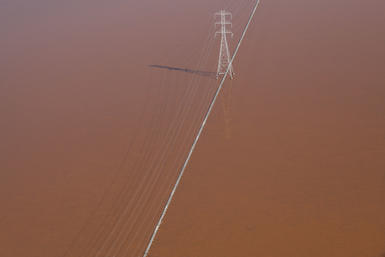
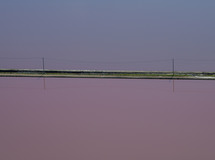





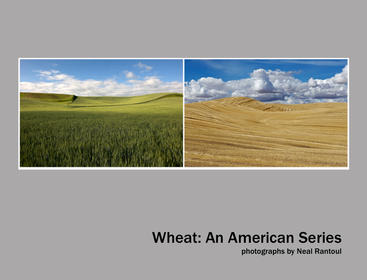
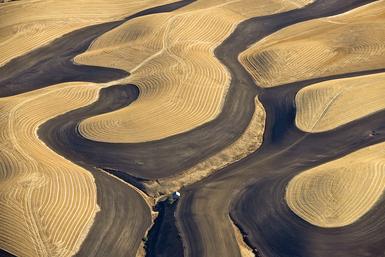
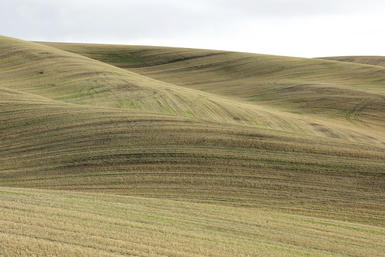
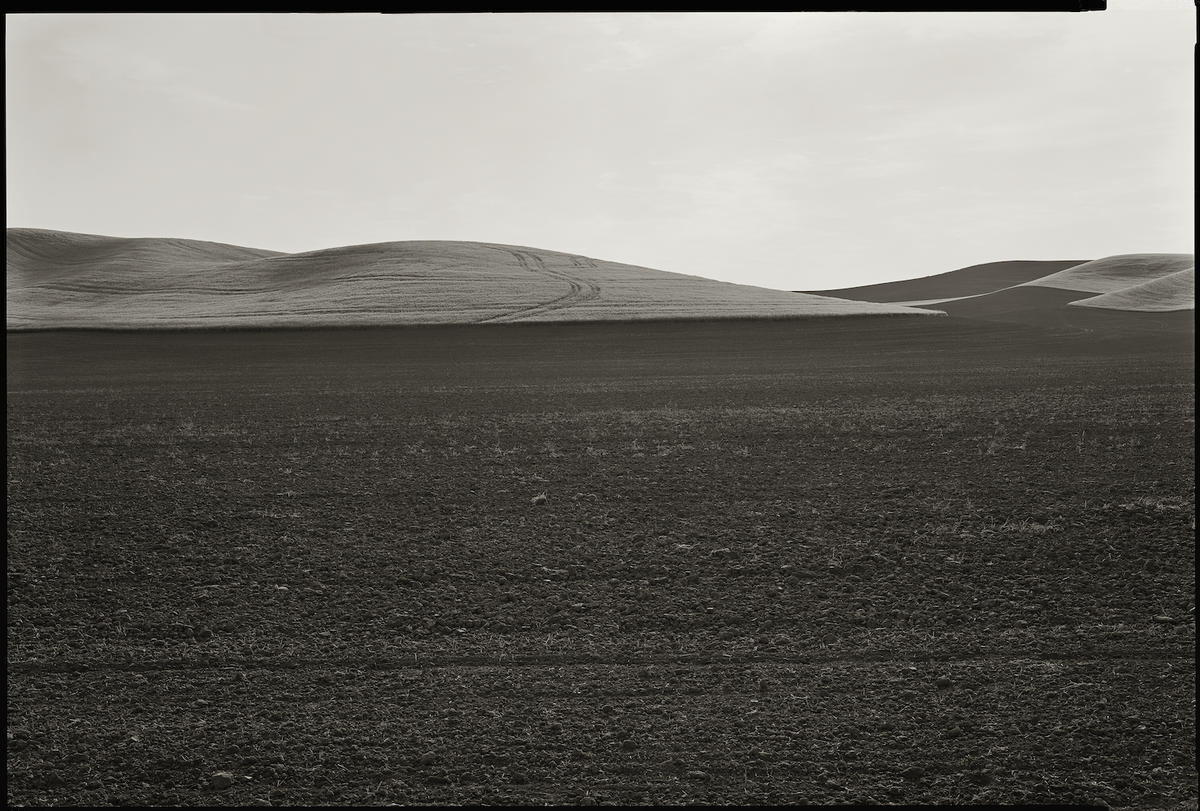
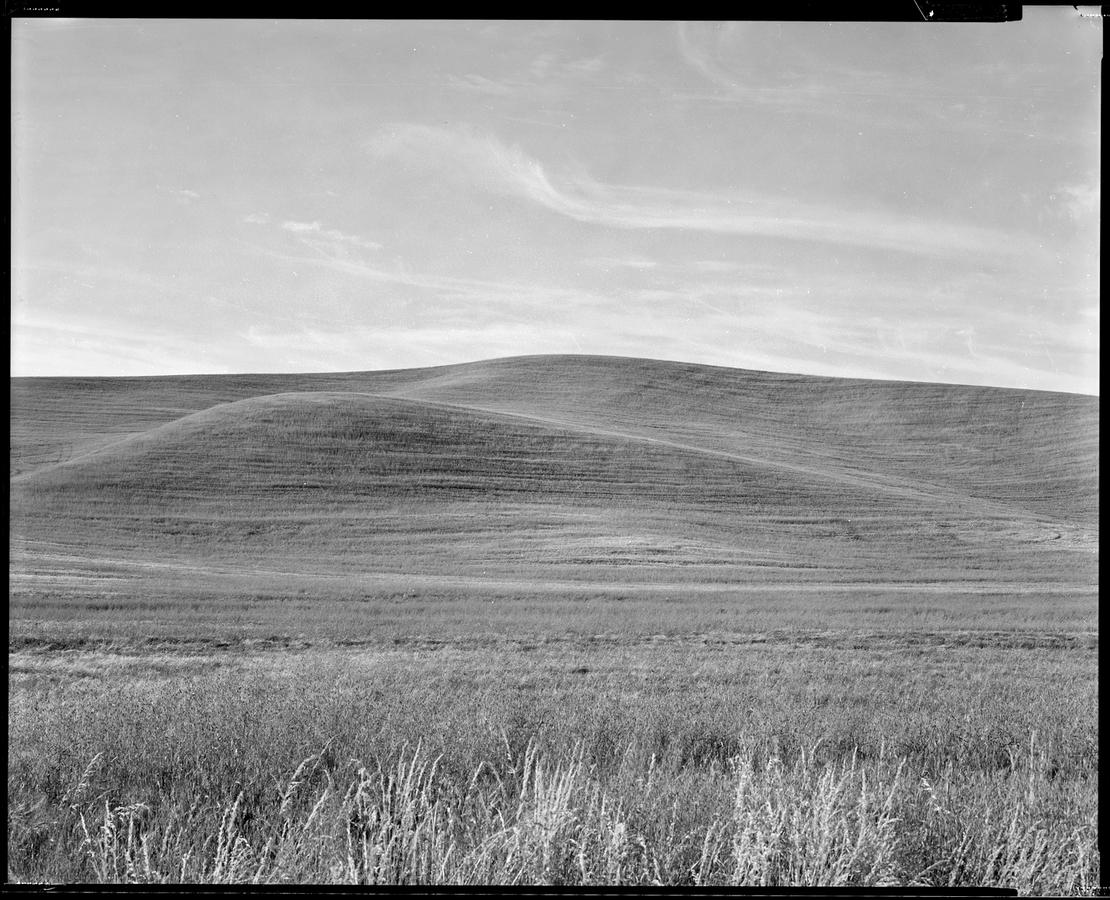 In 2001 I began shooting in color, initially without much success but by the second year was beginning to get it.
In 2001 I began shooting in color, initially without much success but by the second year was beginning to get it.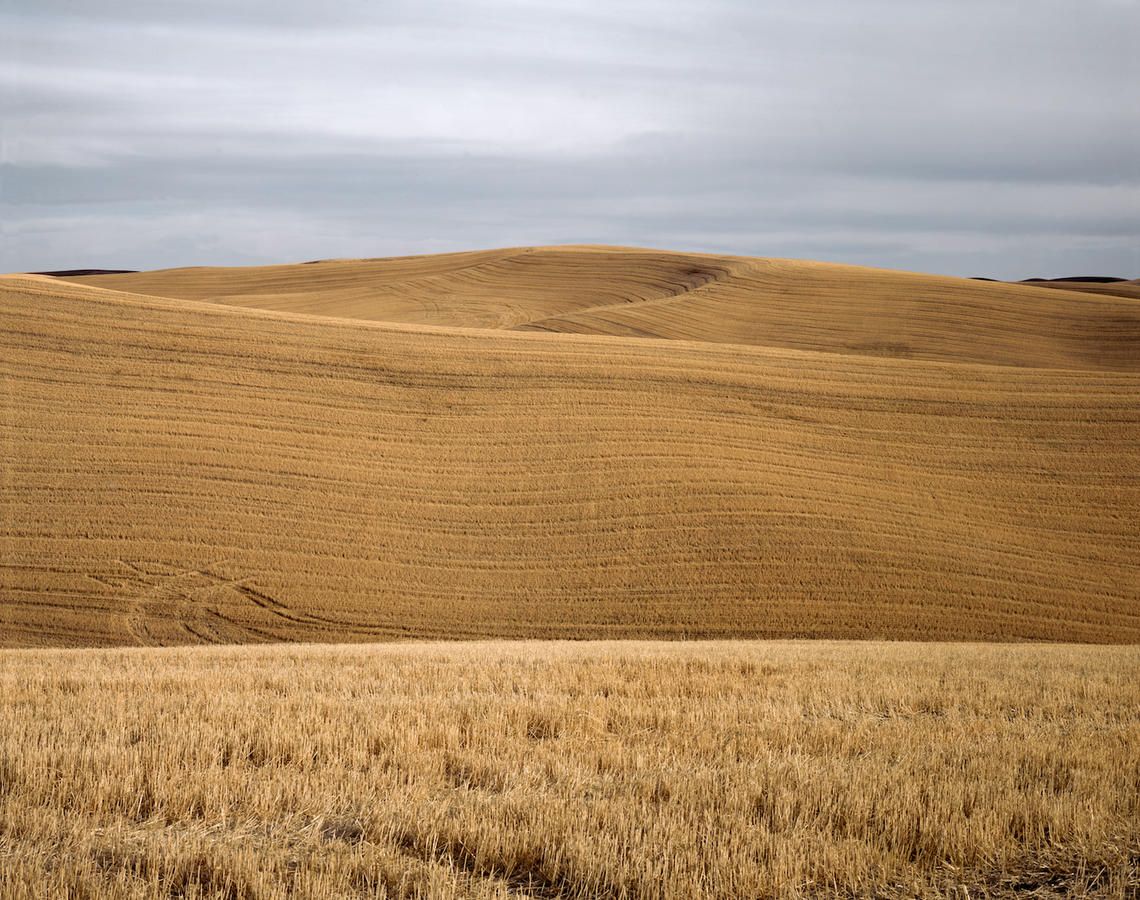 As I got better at it and my confidence increased I started exploring color in other aspects of my work and was beginning to print my color work digitally, from scans of my 8 x 10 transparencies.
As I got better at it and my confidence increased I started exploring color in other aspects of my work and was beginning to print my color work digitally, from scans of my 8 x 10 transparencies.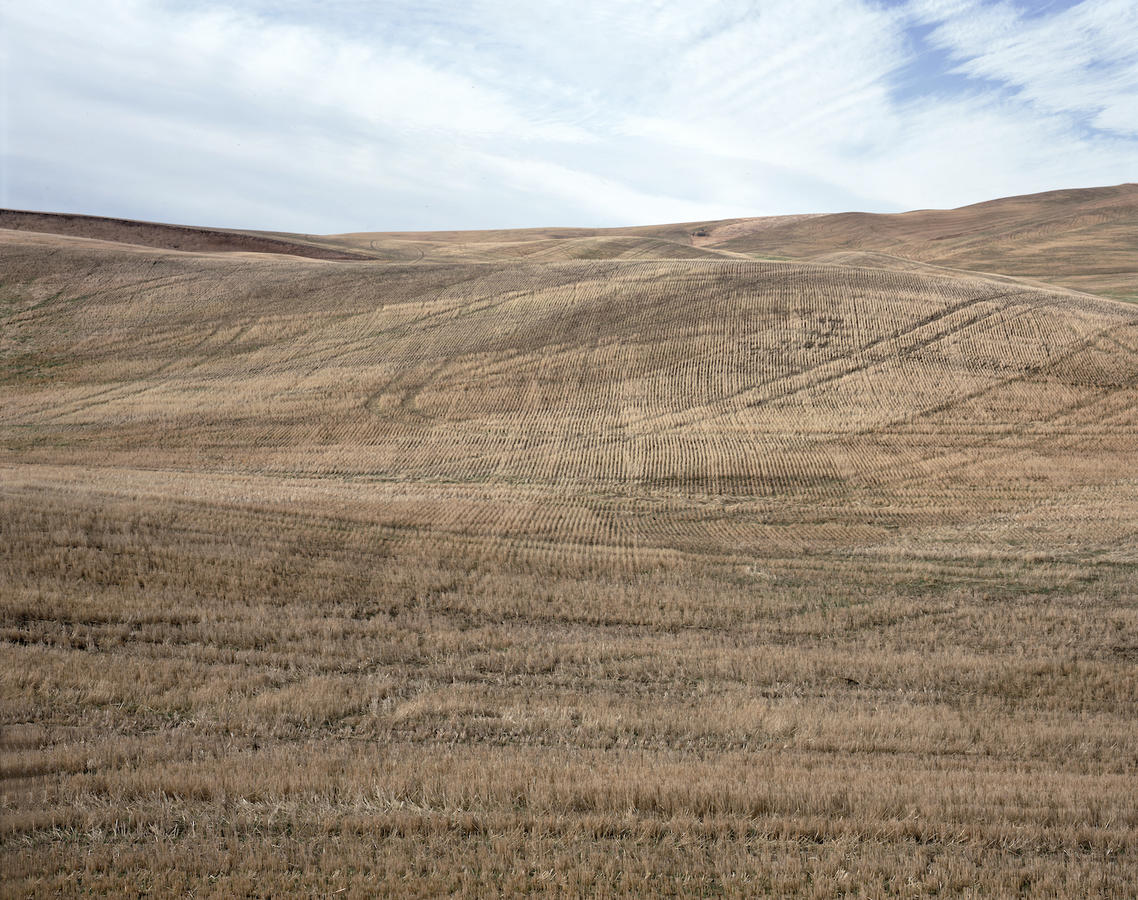 This was tremendously exciting and motivating, to start as a novice and to be a student again in something new. I believe this is essential for a career artist to stay active and viable. Taking risk is key.
This was tremendously exciting and motivating, to start as a novice and to be a student again in something new. I believe this is essential for a career artist to stay active and viable. Taking risk is key.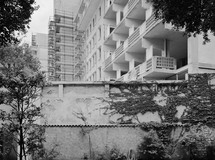
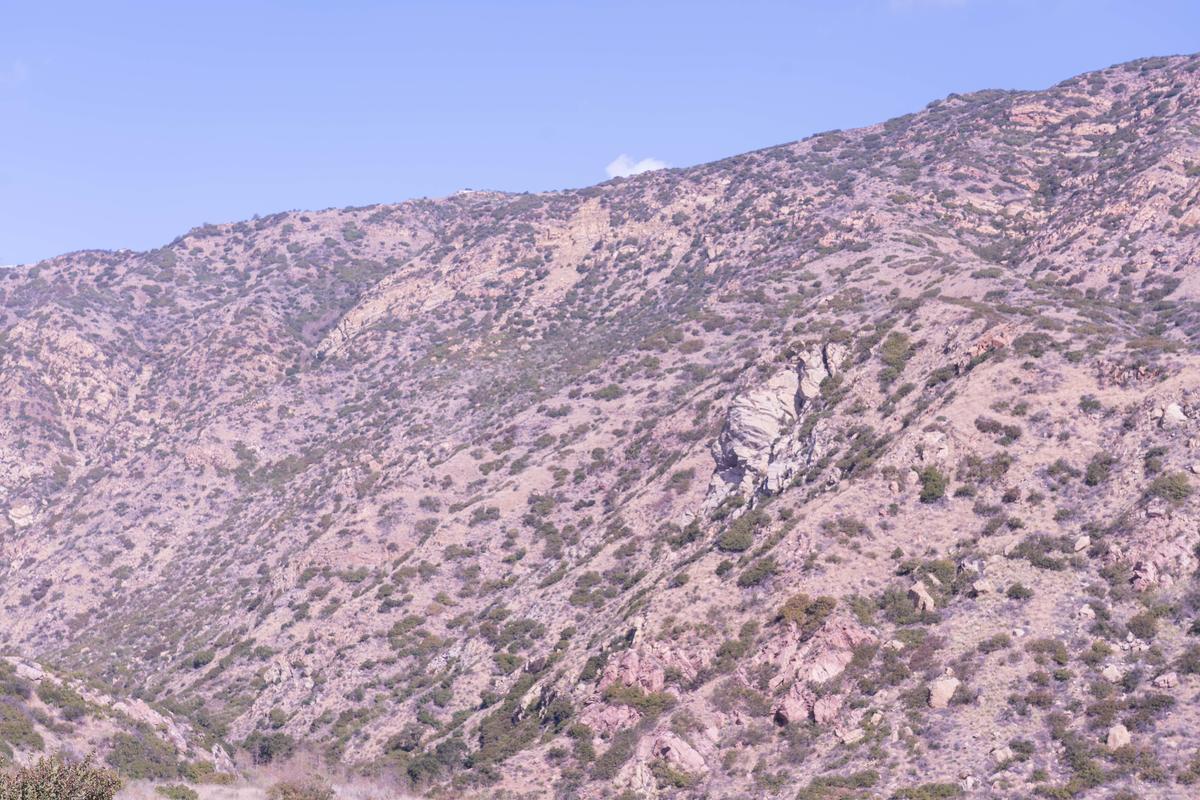 These are, of course, the Santa Monica Mountains.
These are, of course, the Santa Monica Mountains.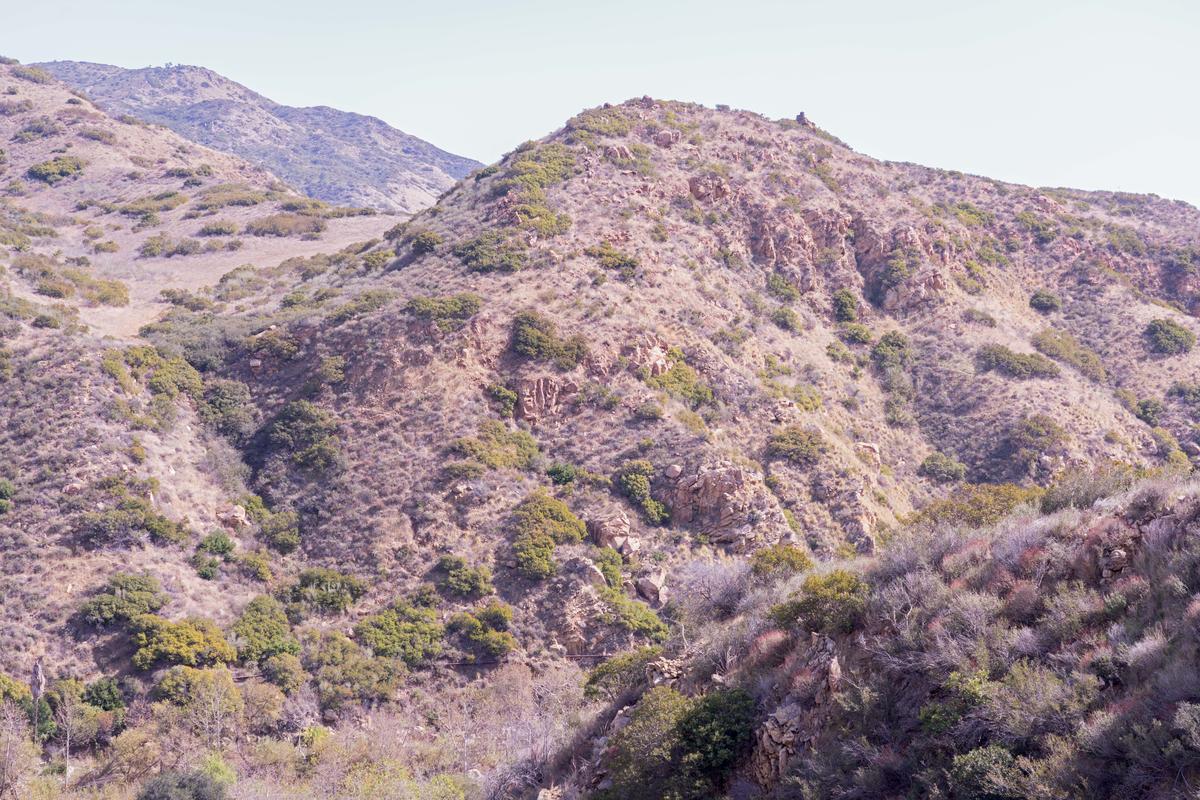 I was thinking of how our eyes react when faced with going from someplace dark into a landscape blindingly bright. How the colors are bleached out and monochromatic.
I was thinking of how our eyes react when faced with going from someplace dark into a landscape blindingly bright. How the colors are bleached out and monochromatic.